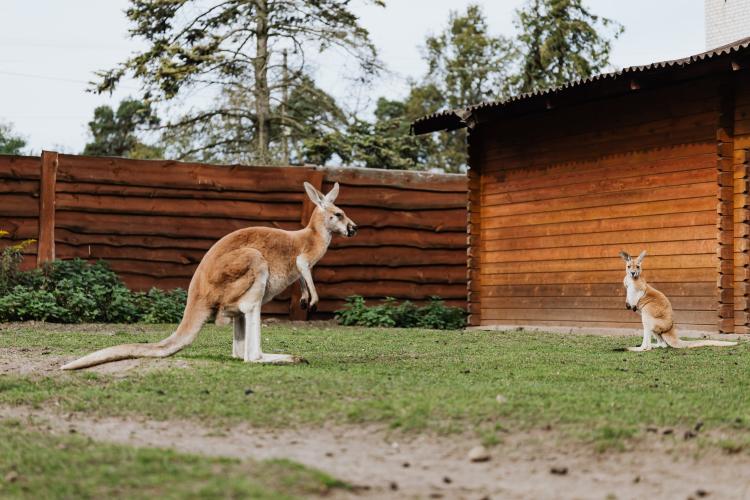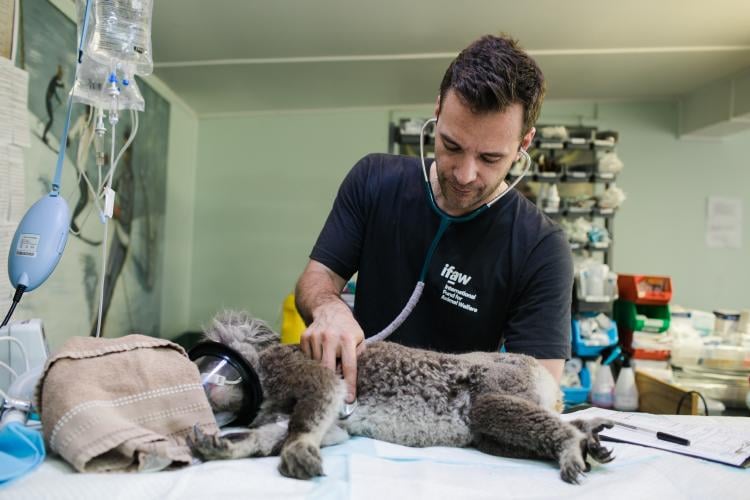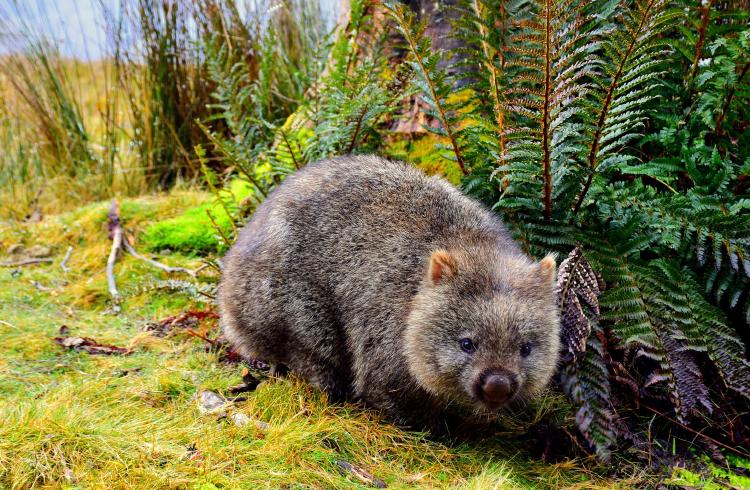
Since December 2019 Australia has been through one of its biggest catastrophes of all times: Australia bush fires. More than 15.000 thousand fires destroyed Australia´s remarkable landscape and even worst there were almost three billion of exotic animals killed or displaced by it. Eleven millions of hectares were burnt down and WWF reported that there were mammals, reptile, birds and frogs affected by the fires. By January 2020 there was a record of more than 1 million animals found dead only in the states of VIC and NSW. We can help Australia´s animals recovery by simply supporting volunteers. Let´s find out more about: Australia Fires: How did it Affect Animals & How Can We Help?
Fires are well known in Australia to happen during Austral Summer (December to March) and Australians are used to it. But in December 2019 what seemed to be just some regular bush fires turned out to be the most significant lost of animals and landscape in the past few years. Unlike any time before, these fires burnt a significant amount of land which is also home of many of the most famous Australian animals like Koalas or Kangaroos. Moreover, this time fires were located much closer to cities than anytime before. Most of the fires were concentrated close to city center like Sydney, Canberra or Melbourne. The fires made a big smoke cloud on top of the cities making it hard for people to breathe and see. It also affected tourism and business because flights were delayed or canceled due to a reduced visibility in the area.

So, this time Australian fires were not only affecting landscape and wild animals but also population. It affected states along wide Australia, but fires were concentrated in New South Wales, home of famous Opera House and Sydney Harbor Bridge, which were now turned gray out of smoke. New South Wales if famous for its high number of National Parks surrounding houses and urban concentrations.
There was a record of damaged homes and evacuation within the greater areas of Sydney and Melbourne (biggest cities in Australia). Imagine the smoke was so dense in Sydney by February 2020 that it was hard to breathe. The air quality dropped to unimaginable levels. This turned a regular summer in Australia to be called “black summer” due to the catastrophic events that happened.
The reasons of why the fires in Australia went out of control is still unknown. Although, there are some scientific proofs that leads to a better understand of it: Climate change. By the time of the fires there was a phenomenon called “El Niño” which is a phenomenon held in the Pacific Ocean that makes the sea surface temperature to be warmer on one side of the west ocean and colder in the eastern part. The phenomenon makes the temperature to go higher and is known to reduce the amount of rain falling during spring, just before summer, which makes the soil and bushes to get extremely dry when the temperature arises during summer.
Draught soil and high temperatures are the perfect combination for a fire to long last until it becomes untamable. Another of the reasons that might have caused the Australia´s most terrible fires are the presence of the Southern Anular mode. Simplier made, this is a belt of winds of low pressure in Antarctica that moves either south or north and it affects Australia´s weather conditions. In this case, scientists agree on that this phenomenon might have warm things up in the down under land.
You can check the reasons of Australia´s fires right here on our article: Australia fires: what caused them? and what is their impact on the environment?

Well, climate change itself is the only known link between all the catastrophes. Australia is home for the most exotic animals in the world who have developed and adapted to its arid and hot weather, there are 244 species of only mammals that live in Australia. From South to North Australia´s population settles in the coastlines but right in the middle there is a big, dry and red desert. In the past years, Australia has recorded an increase on its average temperatures by at least 1.2°C (53.6°F) threatening wild animals.
The animals of Australia have already been threatened before not only because of climate change but also because of outlander species that were introduced by humans. For example, did you know that Australia is the country with the biggest population of camels in the world? And this is a threat to the other native species of Australia.
Camels were brought by humans who couldn't stop them reproducing and now Australians face a big issue around them. This animals break into farms looking for water and food and destroy the environment around them. Also do cane toads, which were brought into Australia from central and south America becoming one of the most devastating pests of the country, killing native species.
You may be interested at: Complete Guide On Biodiversity Definition and Why It's Important
Australia is home of one of the strangest animals in the world: The marsupials, animal who carry their babies in pouches located in their bellies. They are mammals who do not develop a real placenta and after giving birth to a premature Joey it jumps into its mom pouch to finish its growth.
World famous marsupials are Kangaroos, Koalas and Wombats which are only found in Australia. Exotic birds, reptiles and weird animals like Platypus (a mixture of a duck and an otter) live their life spread among Australia and most of them were severe damaged during the “black summer” bush fires in 2019/2020.

The WWF reported 143 million mammals, 2.4 billion reptiles, 180 million birds and 51 million frogs to be killed or displaced by Australia´s tremendous fires. This numbers are shocking as it turns to be one of the worst animal tolls recorded in history. And as if the fires were not enough, the Covid 19 pandemic made efforts to recover animals’ habitat desperately hard leaving wild animals to find themselves struggling to survive in razed landscapes. Australia´s fired led the country to require urgent intervention in order to save 119 species and at least, 12 of these ones are marsupials such as Koalas.
Firefighters, scientists and volunteers have worked along all together to aid the animals affected just to find out how few protection and conservation laws made wildlife vulnerable. Deforestation, urban development and climate change also affects the habitats of marsupials which lives upon trees such as Koalas.
This is an endangered species of marsupials that has been in danger of extinction for a long time. Most of Koala´s populations live with a disease called Chlamydia which affects their ability to reproduce. Back in 2013 a group of researchers found that Koalas had been living in regions, such as Sydney greater area, where nobody was expecting them to be. And not only they were living healthy over there but also reproducing faster than in other areas, Chlamydia free. But when bush fires started in December 2019 all this populations were extremely threatened as they were in the epicenter of the fires.

It was reported in the state of New South Wales that the fires killed at least 5000 Koalas, among other animals, and that it destroyed a quarter of Koala´s free habitat. The state declared that they estimated the Koala to be extinct by 2050. NSW Koala population means 10% of Australia´s population.
Ecologists and scientists from Australians universities worked together to assess a recovery and salvage strategy. This team studied satellite images in order to detect areas where this Koalas could be reinserted and they trained a dog to find “Koala survivors”. Volunteers from all over Australia worked to build up food and drinking stations in order to aid rescued Koalas. Once the Koalas were healthy and safe to go back to their habitats, they were released back.
But not only the Koalas were the most affected ones by the fires but also the Wombats. When most of Kangaroos and birds were killed by the fires, wombats could made it to survive. South NSW is home of millions of wombats who hide themselves in their burrows during the day, just to leave at sunset to get their food during the night. Every morning since the fire started lots of wombats were found in the morning disoriented and hurt. They were the only animals to made it through the fires. Again, superheroes-volunteers set up feeding stations across the state to help this little bear like marsupials. Wombats could smell food and gathered around the stations in order to survive.

Nowadays, fire-burnt areas are still in process of recovering and animals are slowly coming back to their habitats. But climate change is not stopping, and it is still the main cause of animal extinction.
We can help Australia´s environment and fauna by supporting people affected by the fires as well as organizations whose mission is to help the recovery of the country.
There is an emergency fund organized by Wild Animal Preservation Fund to do our best to help restore Koalas and other animals’ homes. You are just a click away from helping animals that have lost their homes in the Australian´s fires. The aim is to get $500K which is halfway away.
If you are concerned and would like to help Australia´s animals get back onto their habitats just click here, every donation counts!
Read more about: What Can We do About Climate Change and Their Effects?